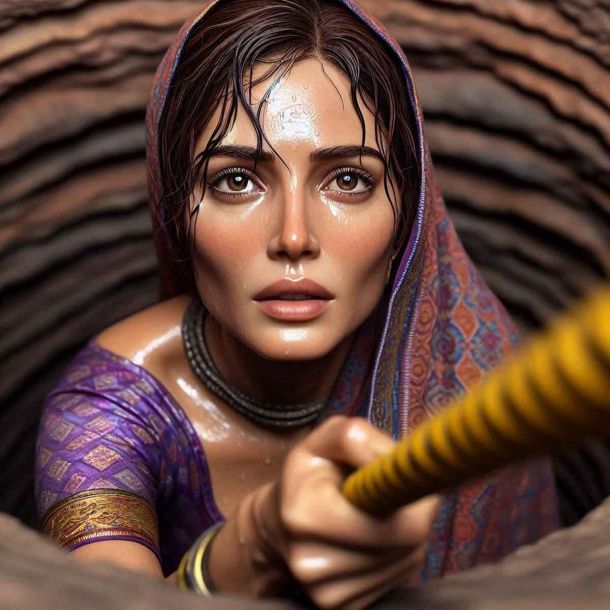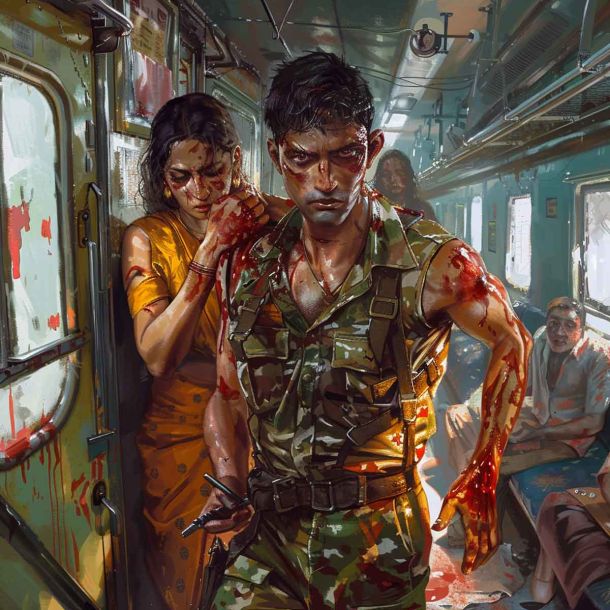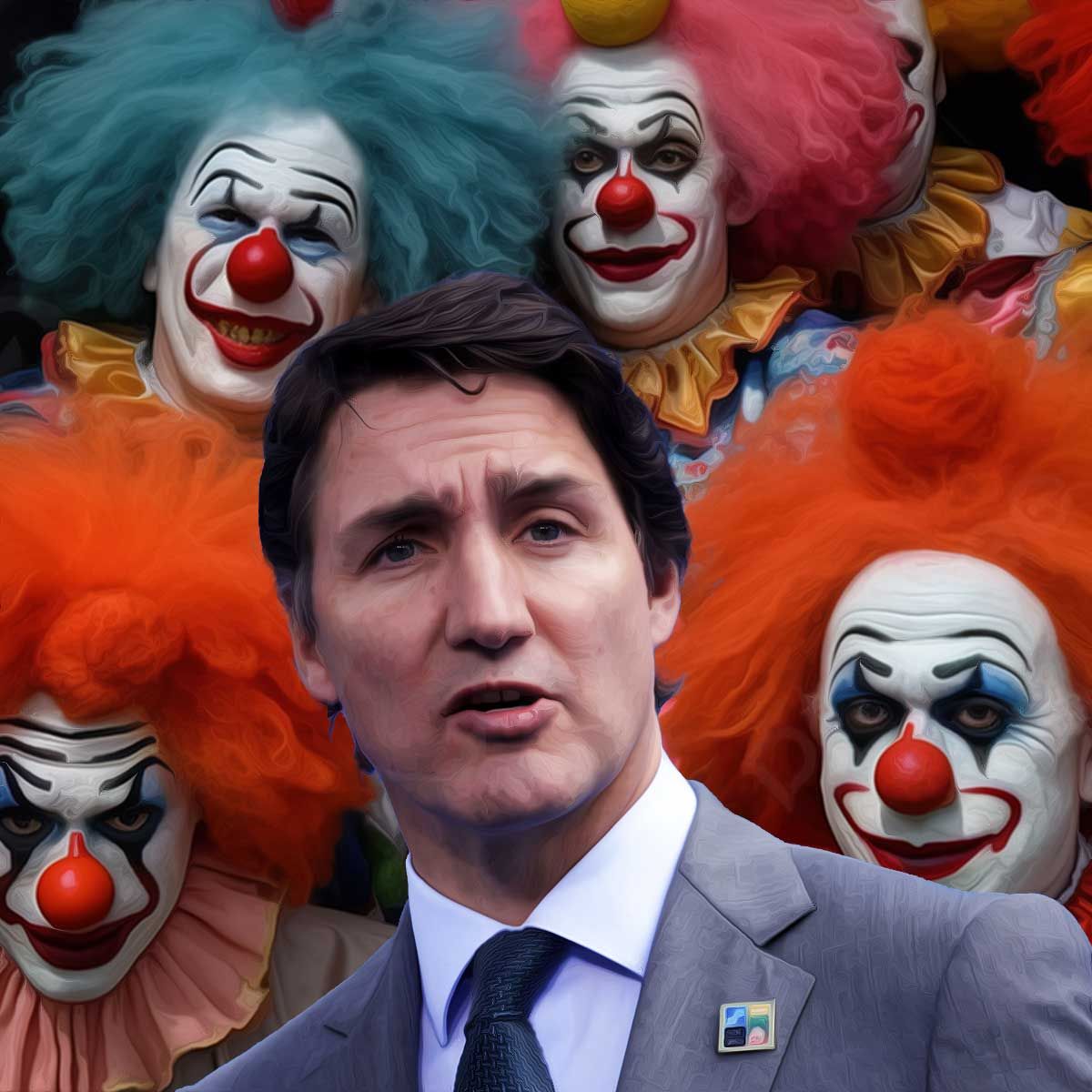MORE COVERAGE
Plea for a Perspective: The Story of Islamic Imperialism in India

Let us now consider the next guideline from the NCERT, namely, that 'characterisation of the medieval period as a time of conflict between Hindus and Muslims is forbidden'.
The underlying assumption is that Muslim invaders of India in the medieval period were as good natives and patriots as the Hindus who resisted them and that the numerous wars which the Hindus were forced to fight with the Muslim marauders were nothing more than domestic discords.
Those who have read the 'histories' of this period written by the Aligarh school of 'historians' and their Communist cohorts are familiar with the arguments advanced in support of this proposition.
Facile Formulation
First of all, there is the point that the Muslim invaders had settled down in India, and were no more foreigners. We have already dealt with this point in the preceding chapter.
Secondly, we are told that Hindu rajas were fighting not only with Muslim monarchs but also with other Hindu rajas. On the other hand, Muslim monarchs were frequently at war not only with Hindu rajas but also with other Muslim monarchs.
Thirdly, several instances are cited when Hindu rajas allied themselves with Muslim monarchs to fight with other Hindu rajas, and when Muslim monarchs sought and secured the help of Hindu rajas to wage wars against other Muslim monarchs.
And at the end of it all, we are invited to draw the 'logical conclusion' that both Hindu and Muslim rulers were similarly and simultaneously struggling for self-aggrandisement and that no distinction regarding their motives or missions need be drawn.
The facile nature of such formulations becomes evident as soon as we draw a parallel between what happened during the medieval period, and what happened when the British imperialists were busy building an Indian empire for themselves.
The British appeared on the scene in the first quarter of the eighteenth century. The Mughal Empire at that time had started heading towards disintegration into several provincial principalities. The Rajputs were recovering their independence and initiative. The Marathas, the Sikhs, and the Jats were looming large on the political horizon.
The British were not the only aliens casting covetous eyes on this country. The Portuguese and the Dutch who had been worsted by the French and the British were still hopeful of having yet another innings. The French were competing with the British on more or less equal terms for quite some time in South India. In the northwest, Nadir Shah and Ahmad Shah Abdali from neighbouring Persia and Afghanistan had also joined the fray in an effort to salvage the sinking Islamic empire for themselves.
On a superficial view, it was a free for all in which every participant was fighting simultaneously on several fronts, and seeking alliances simultaneously in several quarters. Muslims were fighting with Muslims and seeking allies among non-Muslims. Marathas were fighting with Marathas and calling on non-Marathas for help. So also the Rajputs, the Sikhs, and the Jats. And all of them were fighting with the British, singly or in combinations that cut across demarcations of creed and community. The British themselves were fighting with the Dutch and the French on the one hand, and with the native powers on the other. They were also cooperating, now with this native power and now with that. The permutations and combinations of combat and cooperation among various powers, foreign and native, in the long-drawn-out drama from the middle of the 18th century to the middle of the 19th were such as could not be easily sorted out.
Shall we characterise this period as a period of domestic discord in which the British provided only one of the parameters?
The NCERT 'historians' will be the first to throw up their hands in holy horror at this mix-up of natives and foreigners, patriots and imperialists. They will be the first to advise us to have a proper perspective before we start sorting out the jigsaw puzzle.
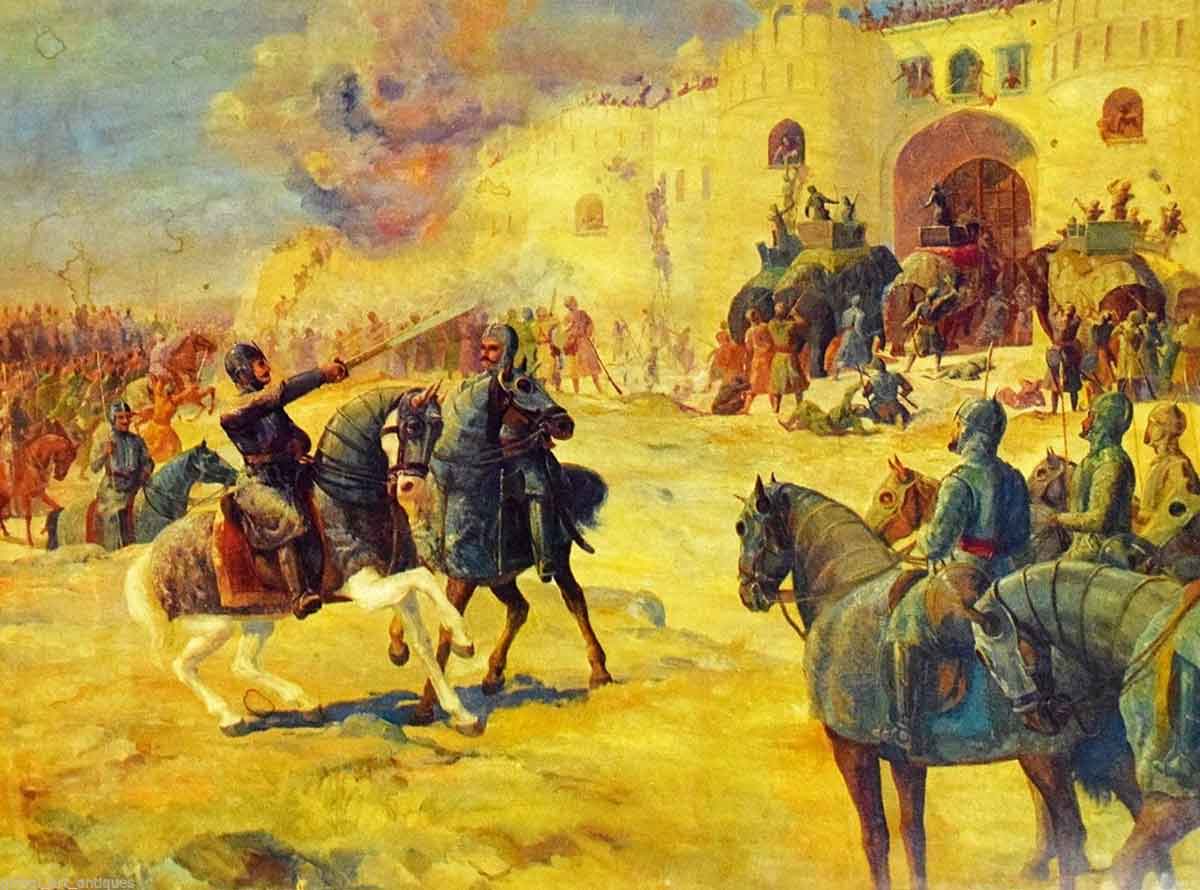 |
The Proper Perspective
What is the proper perspective? Looking at the history and character of various forces in the field, it should be as follows:
- The Mughal empire, an alien imposition on India, was heading towards the dustbin of history;
- The Rajputs, the Marathas, the Sikhs, and the Jats were rising up to reclaim their lost patrimony in their own homeland.
- The provincial Muslim chieftains were fighting a rearguard action to salvage some pieces of the Mughal empire for themselves;
- The Muslim chieftains were inviting other Islamic imperialists from across the border to come and rescue the earlier Islamic imperialists out of the morass;
- The British, the French, and other foreign powers were trying to fish in troubled waters, and taking advantage of the ineptitude of the native and Muslim princes to secure their own strangleholds.
It is in this perspective that we pass a harsh judgement on the Marathas for losing the battle to the British and allowing India to pass under another imperialist yoke. For, at that time the Marathas were the only power in the field with the potential to win national freedom from Islamic imperialism, and save India from British imperialism.
Why should we fight shy of having the same sort of proper perspective on the multifaced strife in medieval India? That strife also can be sorted out as follows:
- On the eve of the Islamic invasion, India was witnessing several Hindu princes fighting among themselves for supremacy;
- The Islamic invaders took advantage of this situation, defeated the Hindu princes one by one, and established their empires one after another;
- Every Islamic empire was worn out by renewed Hindu resistance, and veered on the verge of collapse;
- A new Islamic invader intervened every time, and preserved the continuity of Islamic imperialism till British imperialism appeared on the scene;
- Sometimes a weakened Islamic empire invited some Hindu power to come to its help in its contest with a new Islamic invader.
The fact that the Hindu princes were fighting among themselves on the eve of the Islamic invasion as well as in its aftermath, should not be forced to mean that the Islamic invaders were not foreign imperialists. Nor does the fact that Hindu princes sometimes joined hands with Muslim princes to resist a new Muslim marauder from abroad, convert the Muslim princes into patriots.
 |
The Hindu princes were fighting for their hearths and homes and national honour. The Muslim princes, on the other hand, were only trying to retain the imperialist power and privilege acquired by them on earlier occasions.
The only difference between the two situations - the medieval and the modern - was that, unlike the Islamic imperialists established in India, the British imperialists did not fight physically among themselves. But this is a minor and marginal difference that should not be used to demarcate Islamic imperialism from British imperialism.
The Islamic imperialists too did not engage in internecine feuds whenever there was a strong central authority to control them as in the days of the Mughal empire. We have also to make allowance for a change in the character of imperialism between the time the Mamluks 'settled' down in Delhi, and the time the British 'liberated' the same city from the 'Maratha occupation'.
The mutual strife among Muslim princes over imperialist power and privilege in India does not change the fact that for the native Hindus all of them were enemies and oppressors of the same stock. Nor does the fact that Hindu princes were at war with each other at the same time, put them on par with Islamic invaders from abroad.
It is in this perspective that we pass a harsh judgement on the Hindu princes for their failure to combine in order:
- to resist the Islamic invader when he entered India for the first time;
- to throw him out after he had been weakened by renewed Hindu resistance; and
- to prevent new Islamic invaders from re-enacting the devil-dance of death, dishonour, and despoliation for the Hindus.
Let us travel a little farther down the corridors of time, and have a close look at the national struggle for freedom from British imperialism. Here also we have the same mixed situation and have to sort it out. The ranks of freedom fighters were divided into different factions at different times. We had the liberals and the constitutionalists pitted against the extremists and the agitationists at one time.
Later on, we had the non-violent non-cooperators and the revolutionaries repudiating one another. Still, later we had the leftists and the rightists struggling to capture the Indian National Congress. Alongside, we had the Hindu Mahasabha which fought the British but did not share the Congress culture of appeasing Islamic imperialism. And we had the Hindu princes, some of whom were frightened by the freedom struggle and sided with the British while some others flattered the British outwardly but sympathised with and helped the national struggle secretly.
Simultaneously, the scene was confused by that jackal, the Muslim League, waiting in the wings to jump forward and claim the lion's share of whatever concessions the freedom fighters could force out of the British imperialists with whom the Muslim League cooperated whole-heartedly in the meanwhile.
Another confusing factor was the Soviet fifth-column, the Communist Party of India, which criticised and ridiculed the freedom struggle for years as 'bourgeois-capitalist' but which went over to the imperialist camp when the battle was joined for a final round.
How do we look at this drama in which so many characters played so many roles? Do we absolve the British of being imperialists simply because the freedom fighters were fighting among themselves? Did the British administration in India cease to be an imperialist administration simply because some Hindu princes collaborated with it?
Shall we deny patriotism to the Hindu Mahasabha simply because it clashed with Congress on a major problem? Did the Muslim League cease to be a carrion-eater and collaborator with British imperialism simply because it developed some differences with its British patrons when the latter was getting ready to depart?
Did the Soviet fifth-column become a patriotic fraternity simply because it tried to foment an armed uprising against the British in India after Soviet Russia had picked up a quarrel with Britain over sharing of the spoils after the Second World War?
The answers to all these questions are crystal clear because our perspective on the freedom struggle against British imperialism has not yet been perverted. (The NCERT guidelines are now trying to pervert it).
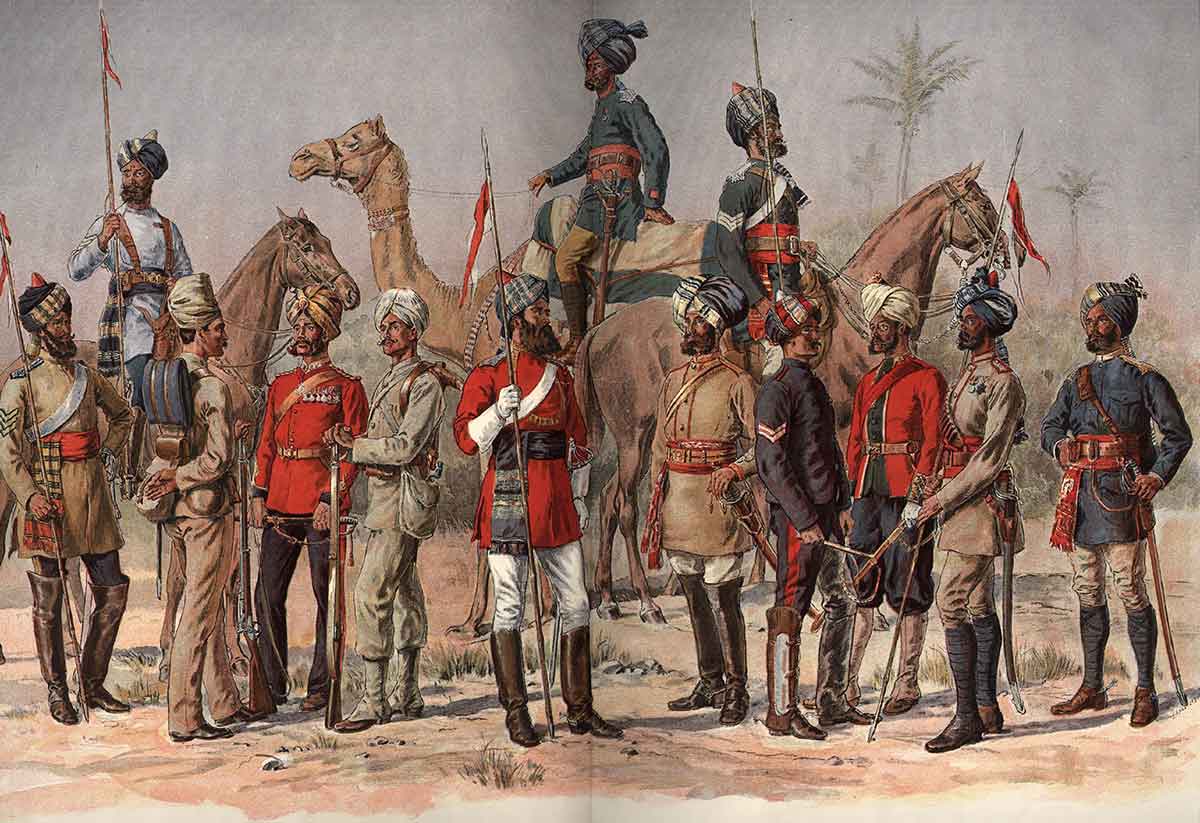 |
Logic of a Lack of a Perspective
But one can well visualise a situation when Christian missionaries will have succeeded in converting a sizable part of the Hindu population in different parts of the country. The Christian converts may very well object to their co-religionists from Britain being described as imperialist invaders from abroad.
The Christian converts may very well withhold their votes from whosoever refuses to accept the British rulers as native rulers like the Hindu rulers of yore. The Christian converts may also threaten to break out into violent street riots if the British rulers are not described as great and glorious benefactors of India.
We shall then have another momentous meeting of the National Integration Council which will direct the Ministry of Education to order the NCERT to evolve another set of guidelines for new textbooks of history in the new political situation. The guidelines will sound very familiar to those who have studied the current guidelines being
dished out by the NCERT. They will read as follows vis-a-vis the British period of Indian history: 'The British rulers cannot be identified as foreigners. The British period will not be characterised as a time of conflict between freedom fighters and foreign imperialists. The British bureaucrats cannot be identified as rulers and Indians as subjects. Economic exploitation and cultural ruination of India under the British rule shall not be over-emphasised.'
The concrete characterisation of the heroes and villains of the freedom struggle will be equally interesting under the new dispensation. The freedom fighters will have to be re-drawn as petty politicians running a rat race for personal profit!
Mahatma Gandhi will have to be dethroned as the Father of the Nation, and renamed as a scheming and small-minded bania trying to buttress the industrial empire of the Birlas! Netaji Subhash Chandra Bose will have to be turned into a traitor who conspired with the German and the Japanese fascists against the British benefactors of India! And
Pandit Jawaharlal Nehru will have to be ridiculed as a Don Quixote who presided over the passing of a ridiculous resolution demanding an independence that had never suffered an eclipse!
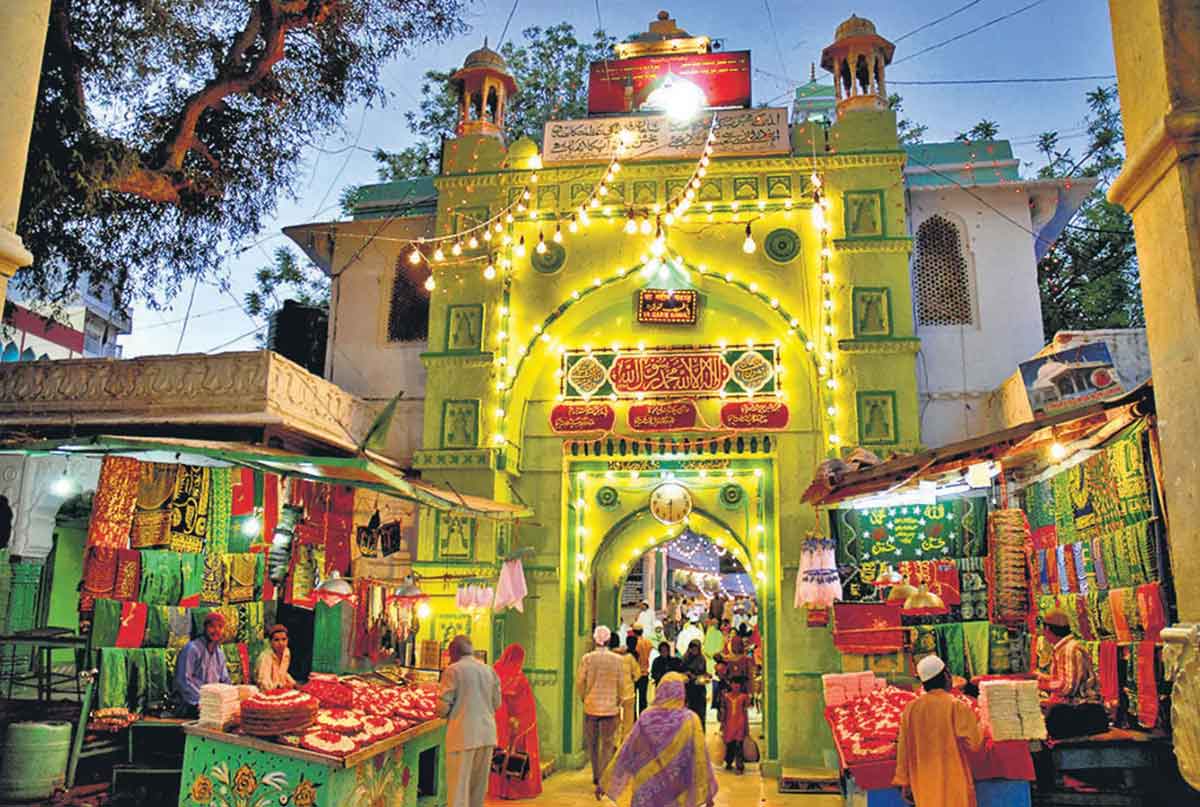 |
On the other hand, Clive, Warren Hastings, Cornwallis, Wellesley, Dalhousie, and Curzon will have to be lionised as patriots par excellence who gave us Pax Brittania, who freed us from the thugs and the pindaris, who abolished social evils like sati, who patronised widow remarriage, and who embellished this vast land with roads, railways, canals, communications, schools, colleges, hospitals, and what not!
Mohammed Ali Jinnah will have to be hailed as an angel who came forward to relieve the British of a part of the burden when the British got tired of fighting against forces of anarchy and decided to give up! PC Joshi will have to be glorified as a great statesman who resisted the Congress rabble when it started sabotaging the British war effort to save India from Japanese imperialism, and who supported the demand for Pakistan when the Congress fascists
could not be stopped from seizing power!
These logical implications of the new scheme sponsored by the NCERT may sound like a distant nightmare that need not paralyse us at present. But in the field of medieval Indian history, we are already up to our neck in such a nightmare.
The doubting Thomases are referred to in Volume 5 of 'A Comprehensive History of India' sponsored by the Indian History Congress and published several years ago by the People's Publishing House, New Delhi. The late lamented Mohammad Habib who edited this history of the Sultanate starts the story from the rise of Prophet Muhammad in Arabia and deals with the Muslim rule in India as an integral part of the larger Muslim Empire spread over Asia, Africa, and Europe.
He sees it as a splendid fabric interspersed with some instances of barbarism like that of Chengiz Khan and Halaku. Coming to the year 1192 AD, he pronounces that Prithiviraj Chauhan was executed by Muhammad Ghuri for sedition! A later day historian of British imperialism in India under the new dispensation may say the same thing about Tatya
Tope, the Kukas, and revolutionaries like Bhagat Singh.
If we fight shy of these logical and inescapable implications, let us keep the record straight and not temper with it in the interests of vote-mongering politics, nor allow it to be perverted either by Islamic imperialism masquerading as Secularism or by the Communist traitors trumpeting the 'scientific' interpretation of history.
The record leaves no doubt that the medieval period under Muslim rule was a period of continuous conflict between Hindus and Muslims. The Hindus were patriots fighting for the freedom of their ancient homeland and the preservation of their cultural patrimony.
The Muslims, on the other hand, were imperialist marauders inspired by a criminal creed that they were trying to impose on the Hindus using force.
CHAPTERS:
- In The Name of National Integration - The Story of Islamic Imperialism in India
- The Character of Muslim Rule in India - The Story of Islamic Imperialism in India
References:
voiceofdharma.org - The Story of Islamic Imperialism in India - Sita Ram Goel - Voice of India, New Delhi
 Support Us
Support Us
Satyagraha was born from the heart of our land, with an undying aim to unveil the true essence of Bharat. It seeks to illuminate the hidden tales of our valiant freedom fighters and the rich chronicles that haven't yet sung their complete melody in the mainstream.
While platforms like NDTV and 'The Wire' effortlessly garner funds under the banner of safeguarding democracy, we at Satyagraha walk a different path. Our strength and resonance come from you. In this journey to weave a stronger Bharat, every little contribution amplifies our voice. Let's come together, contribute as you can, and champion the true spirit of our nation.
Please share the article on other platforms
DISCLAIMER: The author is solely responsible for the views expressed in this article. The author carries the responsibility for citing and/or licensing of images utilized within the text. The website also frequently uses non-commercial images for representational purposes only in line with the article. We are not responsible for the authenticity of such images. If some images have a copyright issue, we request the person/entity to contact us at This email address is being protected from spambots. You need JavaScript enabled to view it. and we will take the necessary actions to resolve the issue.
Related Articles
- Winston Churchill's hate for Indians caused millions of deaths: A villainous supremacist
- Kartar Singh Sarabha - The Freedom fighter who was Hanged at the age of 19 and inspired Bhagat Singh
- Reality of Britishers who tortured, brutalized Indian women and threw them into sexual slavery
- Taimur was attacked and defeated by 20 year old Rampyari Gurjar and her army of 40,000 women
- Father of the Nation! Absolutely not. Mohandas Karamchand Gandhi was not the father of the nation either officially or otherwise
- Hero of Pawankhind: Veer Maratha Bajiprabhu Deshpande, who led 300 Soldiers against 12000 Adilshahi Army defending Shivaji
- Assam King Prithu who badly defeated Bakhtiyar Khilji, destroyer of Nalanda University in Battle of Kamrup in 1206 CE
- With Lord Mountbatten & Edwina's 'bed-hopping' marriage - gay brothels and affair with PM, British historian Andrew Lownie reveals it all
- If only India’s partition chilling wound was not enough, Gandhi did his last protest again only to blackmail India into giving 55 crores to Pakistan, dragged Hindu, Sikh refugees seeking shelter in mosques to die in cold: And we call him Mahatma, not for
- Our first true war of independence lie forgotten within the fog of time and tomes of propaganda: Sanyasi Rebellion, when "renouncers of the material world" lead peasants in revolt against British and fundamentalist islamic clans


